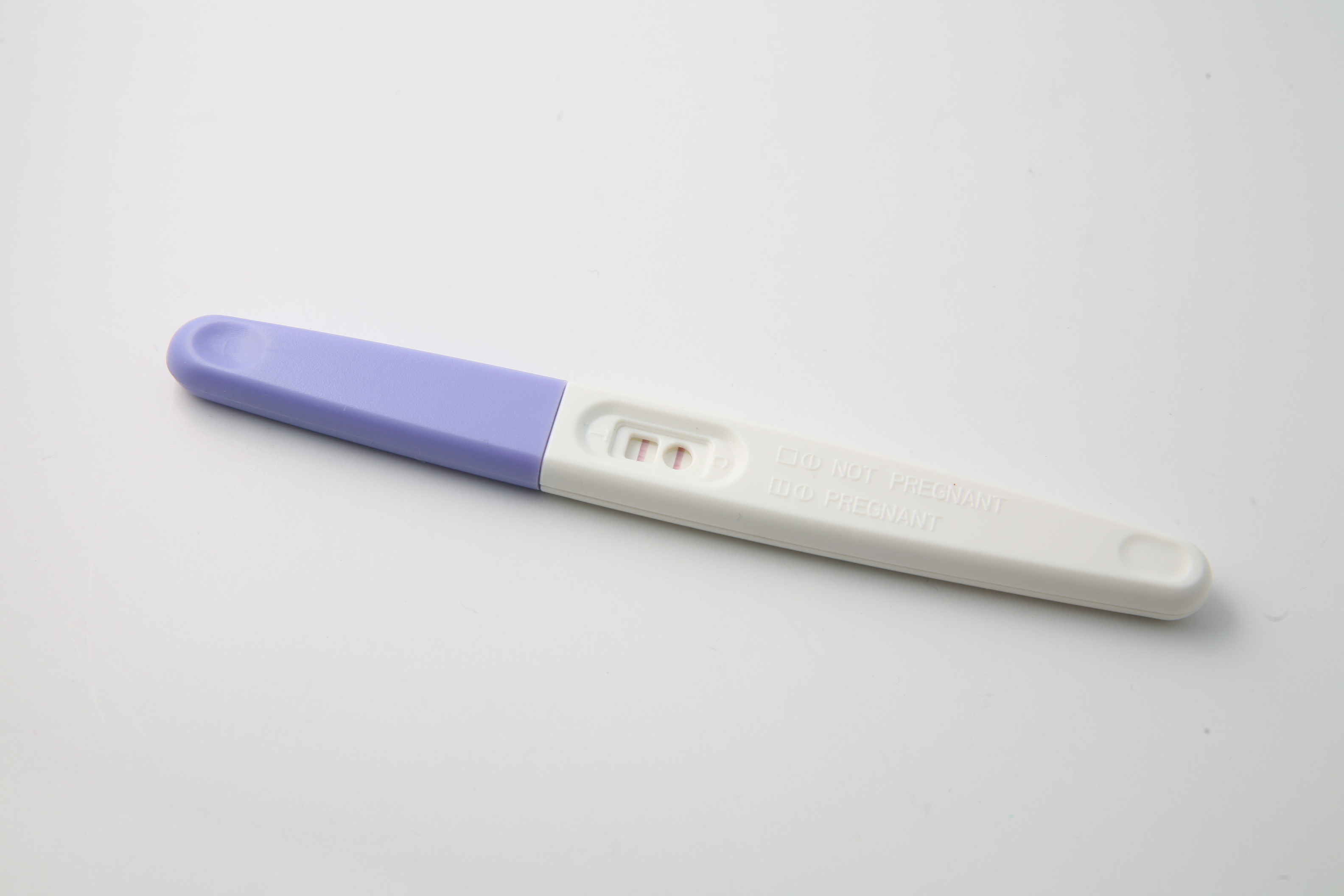'A Queer Tax.' New Lawsuit Alleges Aetna Discriminates Against LGBTQ People Seeking Fertility Treatment
By Madeleine Carlisle,
TIME
| 09. 14. 2021
When Emma Goidel was denied coverage for her fertility treatments in September 2020, she was furious. A 31-year-old writer in New York City, Goidel and her partner were excited to try for a baby—and Goidel had begun intrauterine insemination (IUI) treatments to get pregnant that fall. But when she applied for those treatments to be covered by her partner’s Aetna Student Health Plan at Columbia University, she says she was denied—because she had not yet met Aetna’s definition of infertility.
The policy defines infertility as not becoming pregnant after 12 months of regular, unprotected heterosexual sex—or 12 months of therapeutic donor insemination. (The window shortens to 6 months if the person seeking to get pregnant is 35 or older.) Only then does Aetna’s plan cover IUI and in vitro fertilisation (IVF) treatments.
But Goidel and her partner are a same sex couple—their course of action to get pregnant is IUI or IVF. And they were told by Aetna, Goidel claims, that they would only receive coverage if they paid for the first 12 months of fertility treatments out of their...
Related Articles
By Grace Won, KQED [with CGS' Katie Hasson] | 12.02.2025
In the U.S., it’s illegal to edit genes in human embryos with the intention of creating a genetically engineered baby. But according to the Wall Street Journal, Bay Area startups are focused on just that. It wouldn’t be the first...
Several recent Biopolitical Times posts (1, 2, 3, 4) have called attention to the alarmingly rapid commercialization of “designer baby” technologies: polygenic embryo screening (especially its use to purportedly screen for traits like intelligence), in vitro gametogenesis (lab-made eggs and sperm), and heritable genome editing (also termed embryo editing or reproductive gene editing). Those three, together with artificial wombs, have been dubbed the “Gattaca stack” by Brian Armstrong, CEO of the cryptocurrency company...
By Lucy Tu, The Guardian | 11.05.2025
Beth Schafer lay in a hospital bed, bracing for the birth of her son. The first contractions rippled through her body before she felt remotely ready. She knew, with a mother’s pit-of-the-stomach intuition, that her baby was not ready either...
By Emily Glazer, Katherine Long, Amy Dockser Marcus, The Wall Street Journal | 11.08.2025
For months, a small company in San Francisco has been pursuing a secretive project: the birth of a genetically engineered baby.
Backed by OpenAI chief executive Sam Altman and his husband, along with Coinbase co-founder and CEO Brian Armstrong, the startup—called...




